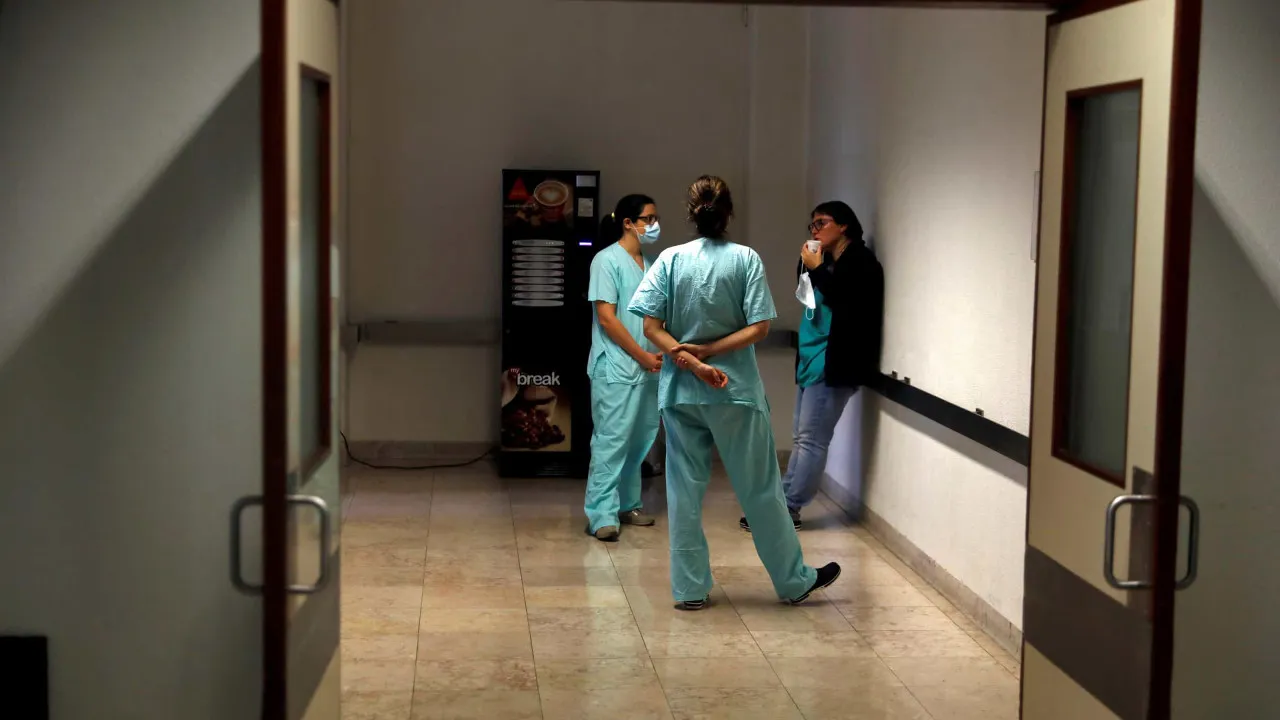
The Sustainable Health Index, developed by NOVA Information Management School (NOVA-IMS) and to be presented today in Lisbon, indicates a slight increase in perceived quality by users in health services, from 72.4 to 73.7. Differences have gradually diminished since 2020.
The technical quality of the NHS, assessing criteria such as the 48-hour surgery rate (hip fractures), stroke mortality (hemorrhagic or ischemic), prevalence of falls, outpatient surgeries, 30-day readmissions, and incidence of pressure ulcers, had fallen to 66.5% in 2023 and remained nearly unchanged last year (66.7%).
From the users’ perspective, health status (78.5 points) and quality of life (78.2 points) are where the NHS’s effectiveness is most impactful. However, users find medication effectiveness (73.7) superior to the healthcare received (70.6).
Satisfaction and trust levels remain generally stable, with no significant changes, except for inpatient care, which sees a more positive evaluation.
Overall, users continue to view the cost of the NHS as appropriate, with only 11% considering the fees inadequate.
Yet, there remains a misconception among users about the fees: 25% believe they pay for services that are currently free, such as general practitioner or family doctor consultations at health centers, outpatient hospital consultations, or inpatient care.
Regarding emergency episodes, users also hold misconceptions, estimating a fee of 13.82 euros when actual fees range from 14 euros (basic emergency), 16 euros (medical-surgical emergency), to 18 euros (polyvalent emergency).
Among the 94% who took prescribed medications in 2024, 10% chose not to purchase some due to cost concerns, a figure that remained the same.
“Overall, the system has generated satisfaction and, importantly, trust, particularly in inpatient services where satisfaction and trust are very high, nearly 90 points out of a 100-point scale, and the lowest being in emergency services, as expected,” stated study coordinator Pedro Simões Coelho to Lusa.
He emphasized that in inpatient services, user satisfaction and trust align, “indicating investment in a service aligned with citizen trust,” whereas in emergency services, “there is a significant gap between the two.”
“What does that mean? People are dissatisfied with emergency services, but at the end of the day, they have significant trust in the care provided,” he added.




